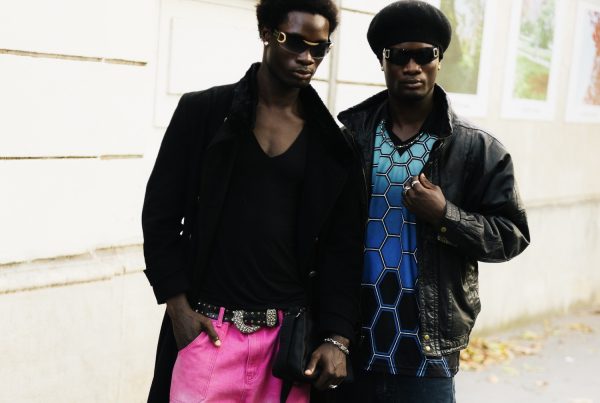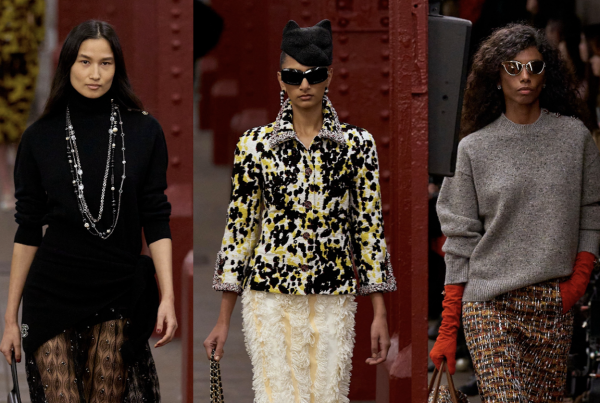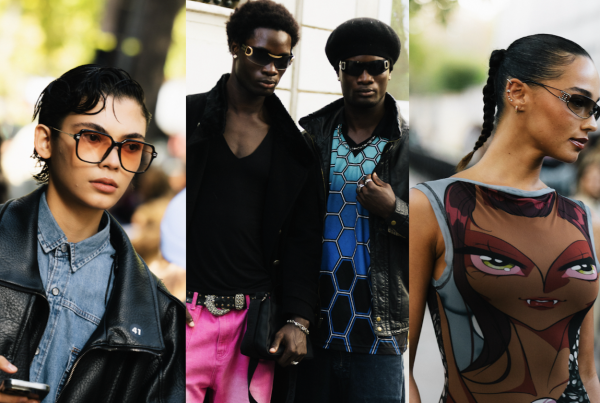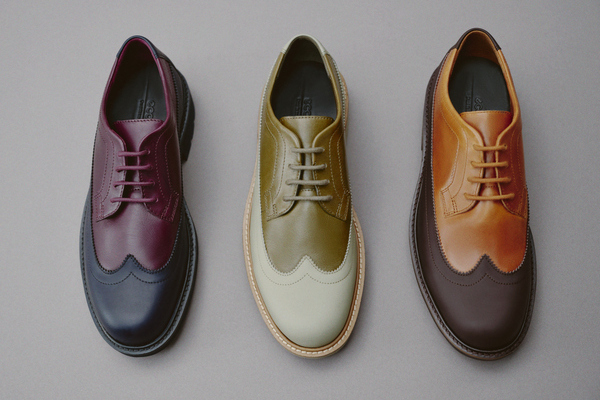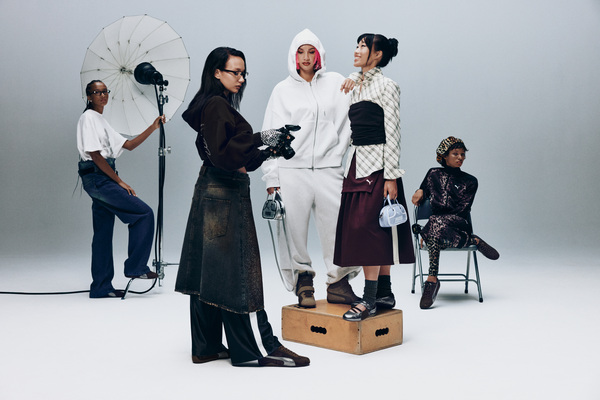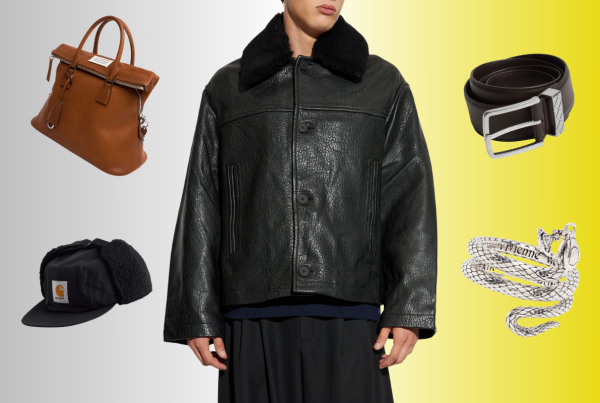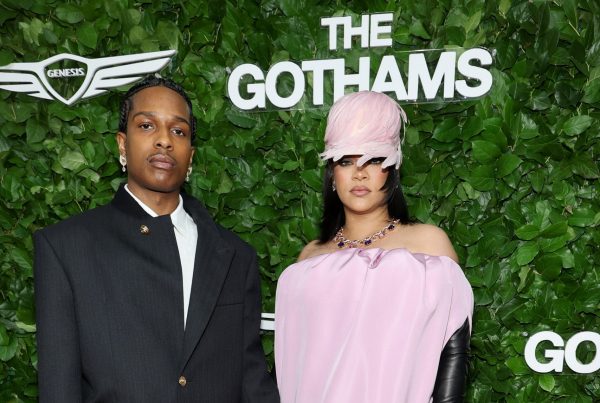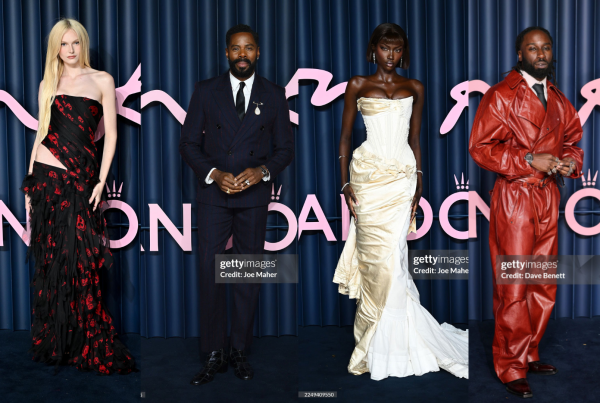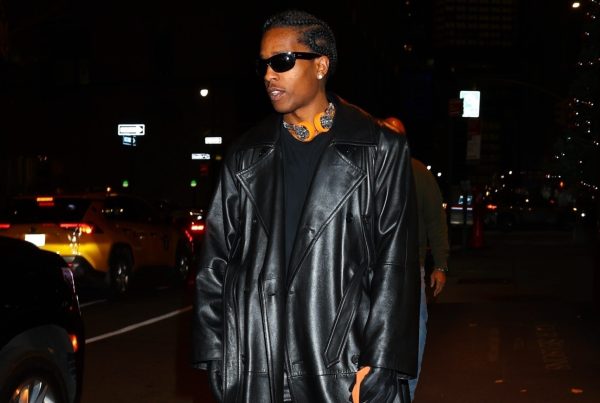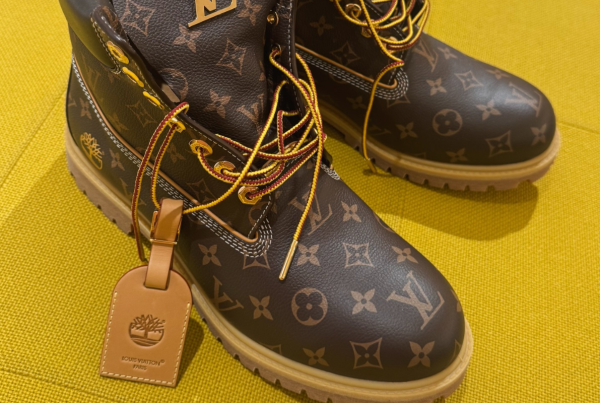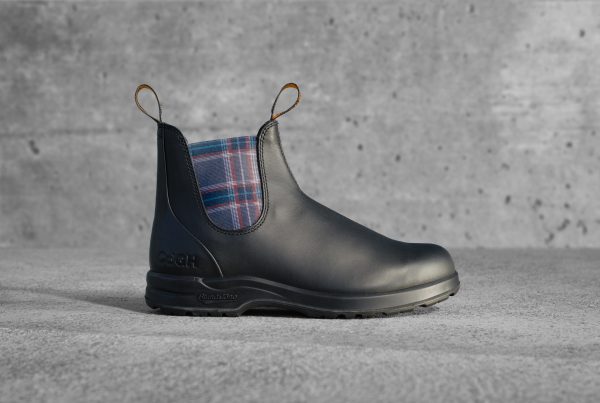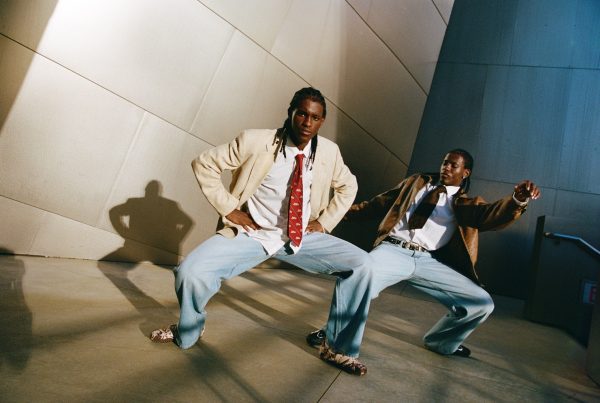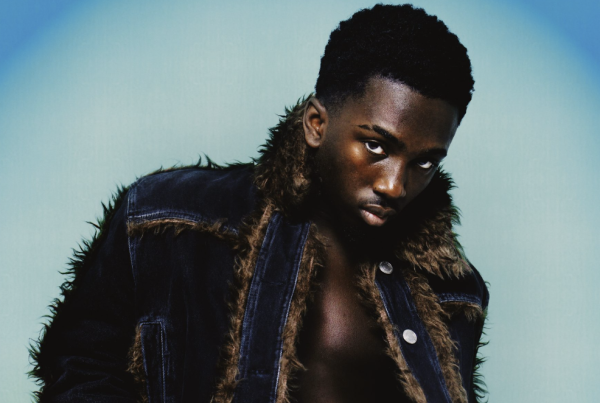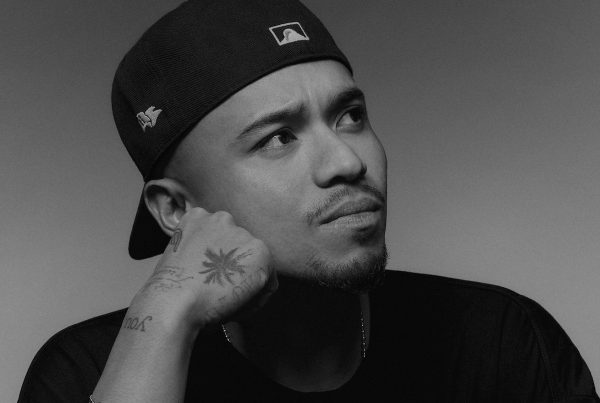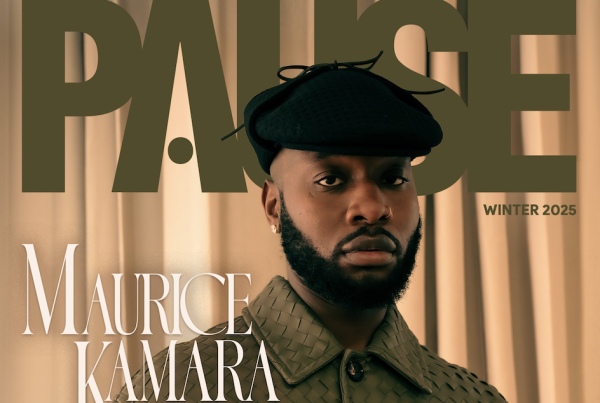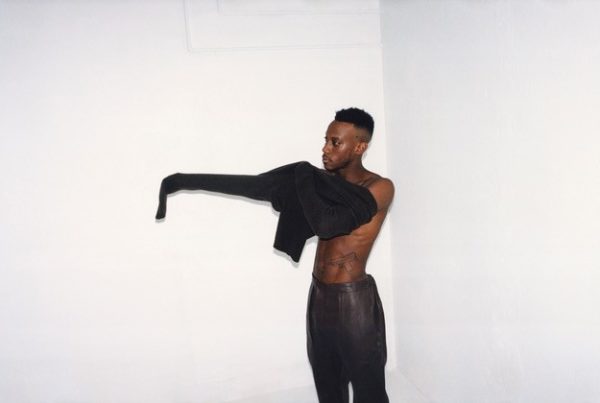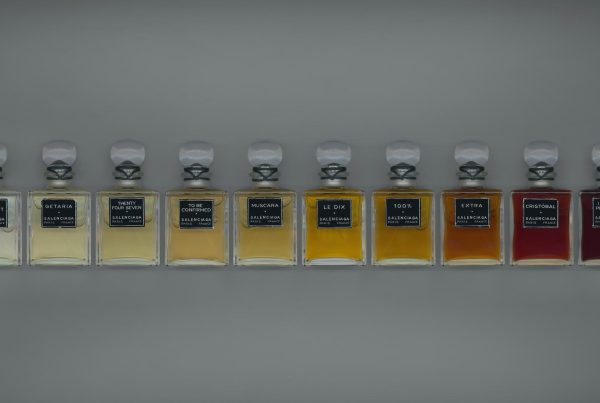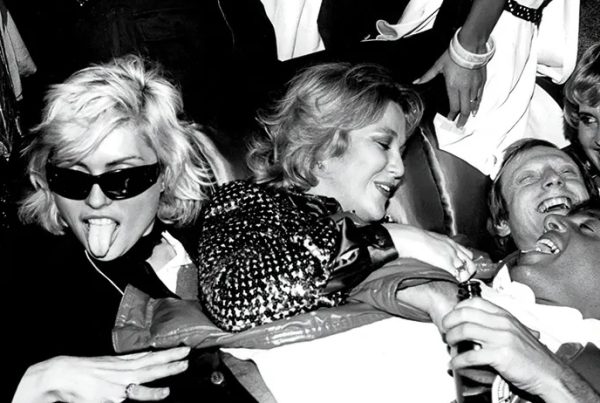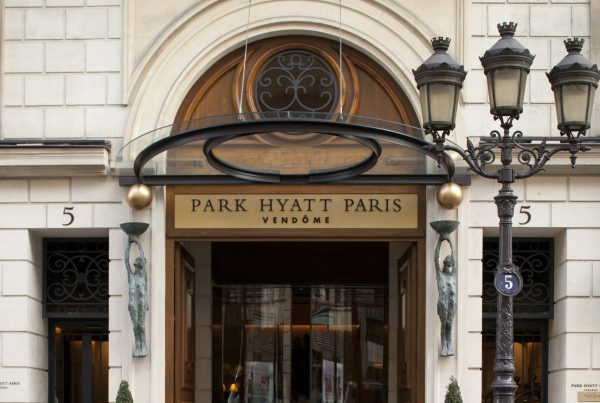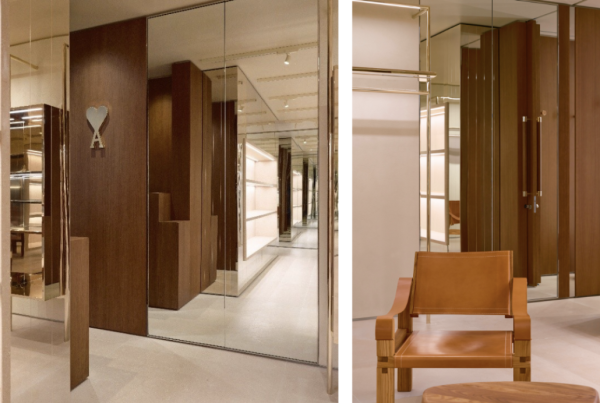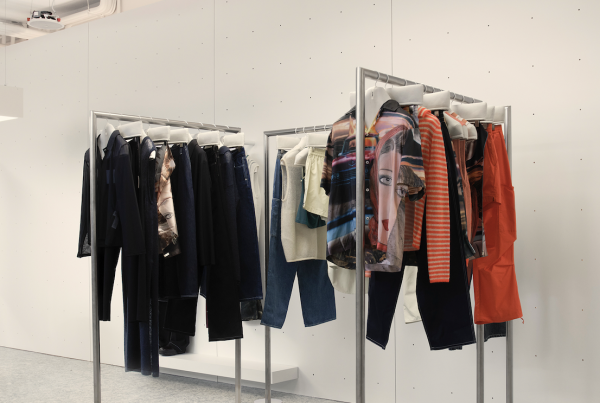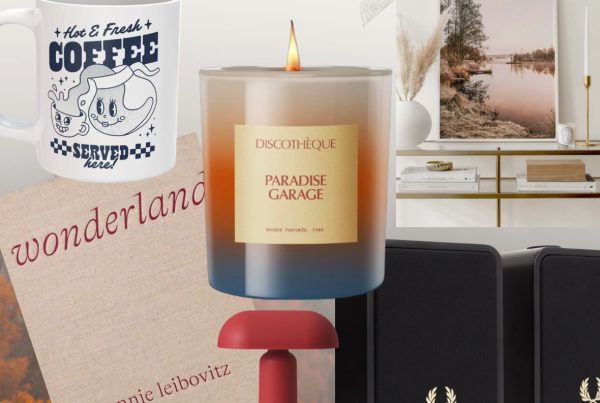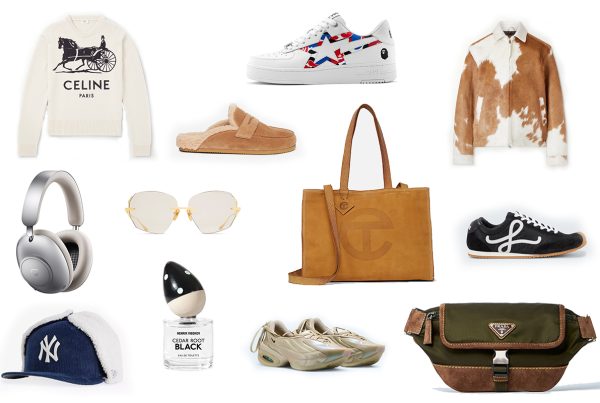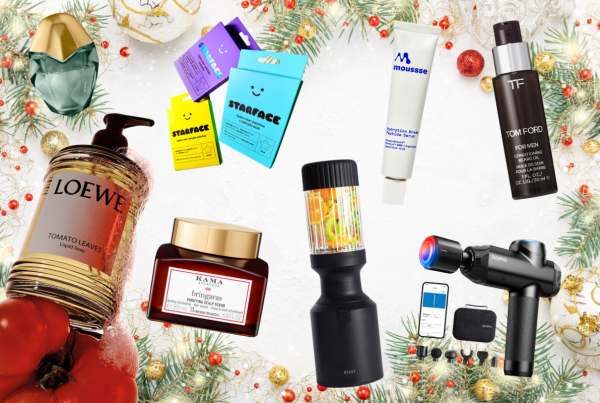 Introduction
Introduction
In recent years, the fashion industry has seen a seismic shift—not just in trends, but in the very demographics of its customer base. Once buoyed by a growing demand for size inclusivity, plus-size fashion brands are now experiencing a surprising downturn. What’s driving this change? The meteoric rise of so-called “weight loss magic meds” like Wegovy, Ozempic, and Mounjaro.
Originally developed to treat type 2 diabetes, these GLP-1 agonist medications have rapidly become powerful tools for sustained, significant weight loss. With outcomes that, for some, rival bariatric surgery, millions have embraced these injectable drugs as a modern solution to weight management. Their popularity has been amplified by social media, influencer testimonials, and increasing accessibility.
The Rise of Weight Loss Telehealth Platforms
The surge in demand for GLP-1 medications has fueled the growth of telehealth platforms dedicated to weight loss. These services allow users to undergo online consultations and, if approved, receive prescriptions delivered directly to their homes. Platforms like Ro, Found, Form Health, and others have made access to weight loss medication faster and more discreet than ever before.
With streamlined access and reduced stigma, more individuals are turning to these options for health and aesthetic reasons. But as waistlines shrink, so too does the traditional customer base for plus-size fashion retailers.
Fashion Industry Feeling the Squeeze
Retailers known for their size-inclusive approach—such as Torrid, Lane Bryant, and Eloquii—are now navigating uncharted territory. While body positivity remains culturally relevant, many long-time plus-size shoppers are downsizing their wardrobes and shifting to brands that cater to standard sizing.
A marketing executive from a UK-based plus-size brand, who requested anonymity, said, “We’ve seen a definite decline in demand for sizes 18 and up, particularly over the past 18 months. We’re having to rethink our sizing strategy and overall brand messaging.”
Sales data supports this trend. A recent industry report indicates that some plus-size clothing brands have seen up to a 25% drop in sales for larger size ranges since 2022. This decline aligns with the surge in GLP-1 prescriptions, increasingly accessible through both U.S. and UK-based digital clinics—including services like SheMed, MedExpress, NHS, and other providers that offer remote consultations and prescription fulfillment.
Market Impact: A Snapshot
| Factor/Metric | Before Weight Loss Drug Boom | After Weight Loss Drug Boom | Source/Insight |
| Demand for Plus Sizes | Moderate to strong growth | Noticeable decrease | Market trend observation |
| Demand for Smaller Sizes | Steady growth | Significant increase | Retail data trends |
| Sales of Large Women’s Shirts | Stable or increasing | Dropped by 10.9% (2022–2024) | Retail sales data |
| Sales of Small Women’s Shirts | Stable | Increased by 12.1% (2022–2024) | Retail sales data |
| Inventory Challenges | Balanced size curves | Overstock in larger sizes, understock in small | Supply chain insights |
| Plus-Size Retailer Sales | Growing or stable | Downturn; up to 50% drop in larger sizes | Internal reports from brands like Torrid, Lane Bryant |
| Market Representation | Growing inclusivity | Fewer plus-size/mid-size runway looks | Fashion industry reports |
| Retailer Financial Impact | Profitable plus-size lines | Up to $20M loss from incorrect size mix | Retail financial analysis |
| Consumer Shopping Behavior | Frequent plus-size purchases | Shift to smaller sizes, reduced plus-size buying | Purchase patterns |
| Industry Response | Expanded plus-size offerings | Restructuring size curves, focusing on smaller sizes | Brand strategy reports |
Changing Body Norms, Changing Brands
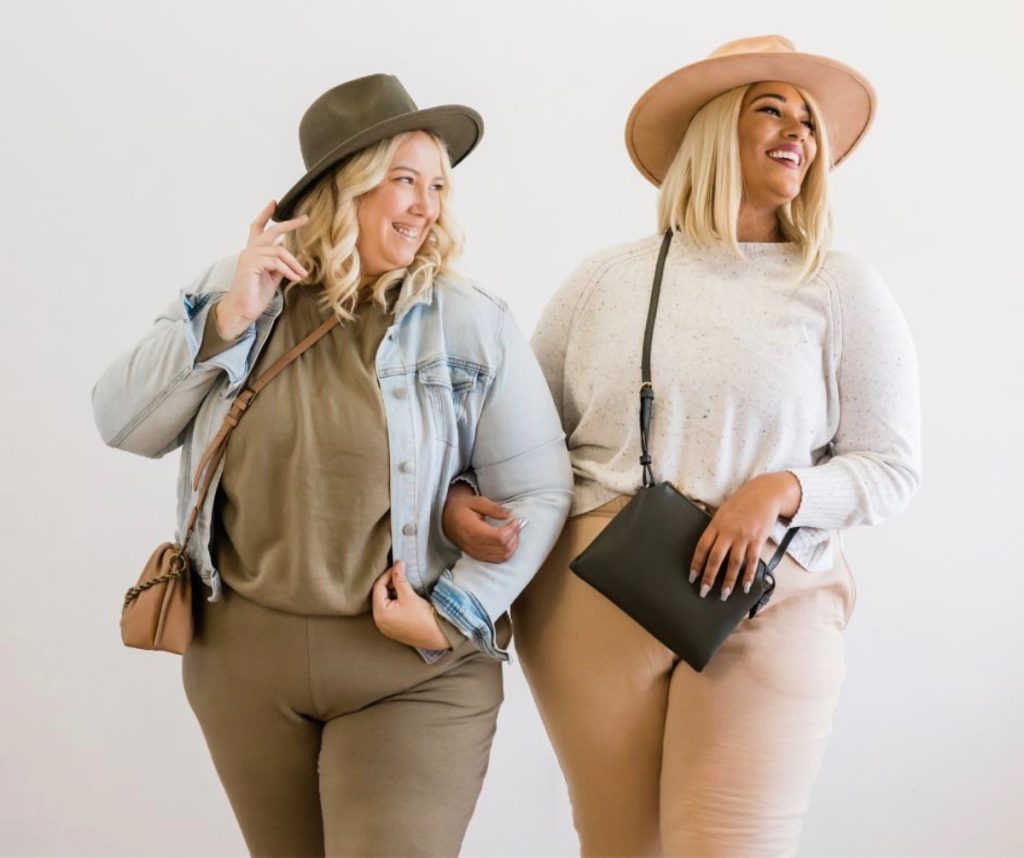
For years, the plus-size fashion movement fought for inclusion, representation, and respect. But ironically, the success of medical weight loss interventions is now reshaping both bodies and brand strategies.
Some companies are pivoting by offering extended straight-size ranges or launching new lines in activewear and wellness apparel. Others are highlighting the journey of body transformation, using inclusive marketing that supports all stages of weight loss and gain. Yet, there’s a growing sense of unease about the long-term sustainability of a strictly plus-size business model.
Is This a Temporary Trend or the New Normal?
While some experts believe the current GLP-1 craze might taper off, others argue it marks a fundamental shift in the health and wellness landscape. With a growing number of consumers accessing prescriptions through a wide array of online clinics—ranging from major U.S. and UK telehealth services to global wellness startups—this new era of weight management is likely here to stay.
For plus-size fashion brands, this presents a tough reality. Those who once thrived by championing size inclusivity now face a critical decision: evolve with their customers’ changing bodies or risk falling out of relevance.
Conclusion
GLP-1 medications and the digital health platforms that deliver them are transforming more than waistlines—they’re reshaping industries. As more people experience rapid weight loss through these treatments, plus-size fashion brands are being challenged to rethink their sizing models, messaging, and future. Whether this is a passing trend or a lasting cultural shift remains to be seen—but one thing is certain: the fashion landscape is slimming down, and brands must adapt to survive.




